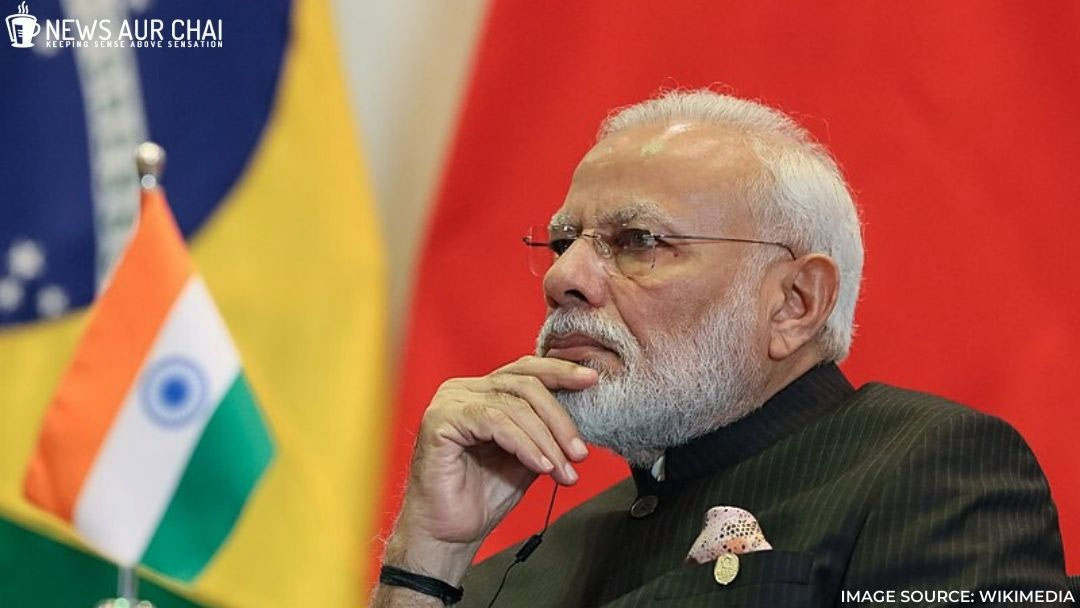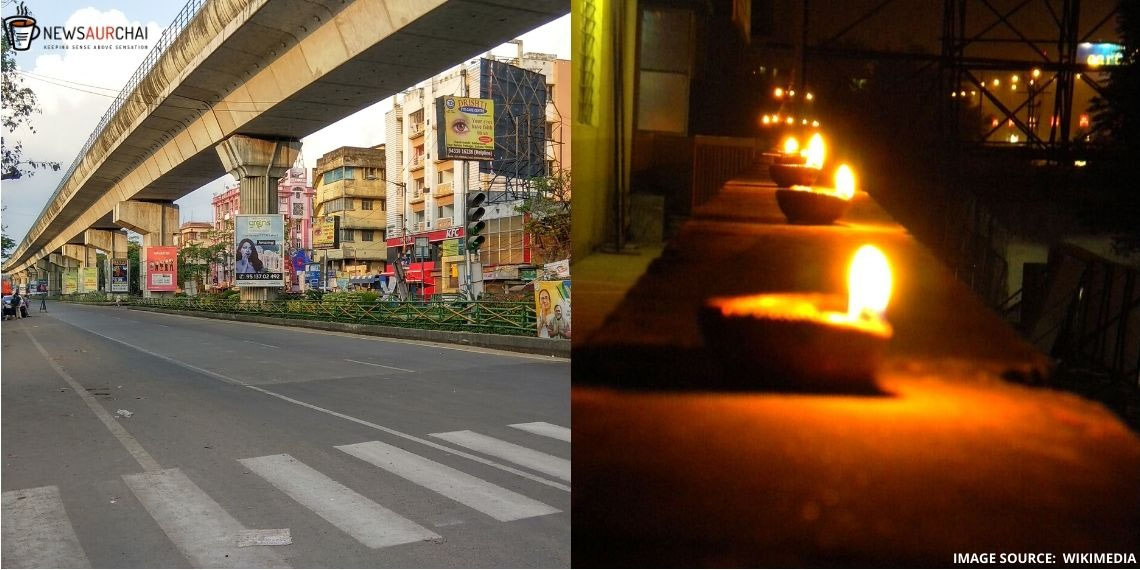
Prime Minister Narendra Modi’s popularity is continuously mounting, and it seems as though he is an unstoppable force despite inconsistencies between his words and actions amid the COVID-19 pandemic in the world’s second-most-populated country. He has been called many names by journalists and comedians from far and near. American comedian John Oliver called Modi a “symbol of hate.” Oliver has not used such language for any other democratically elected leader in the world. Not even while describing North Korea’s Kim Jong-Un, and that’s saying something!
What made people have this attitude towards Modi? Has there been an underlying Hindutva agenda in his efforts to contain the virus, or is the opposition just twisting the information?
Where it all began
Global media has drawn attention to Modi’s decisive moves over the past few months. After being re-elected in 2019, the Prime Minister has used his second term to double down on his party’s (BJP) Hindu nationalist agenda. The most prominent being, stripping Jammu and Kashmir of its autonomy and the changes brought to India’s citizenship laws (NPR-NRC-CAA). Many believe these moves were meant to drive home the idea that India belongs to Hindus.
Many nations believed that the Modi Government was too busy, focused on the Trump- India visit, and the others on the Delhi carnage and riots that it has evidently missed the chance to cap the pandemic during its early stage. Pakistan Prime Minister, Imran Khan on February 29, had tweeted images of how Muslims were being treated in Delhi.
In Delhi carnage of Muslims, state-sponsored terror through police & RSS gangs is going to lead to radicalisation of the 200 mn Indian Muslims just as the Kashmiri youth has been radicalised through the oppression of Indian Occupation forces & deaths of almost 100,000 Kashmiris. pic.twitter.com/ybhZrdVhne
— Imran Khan (@ImranKhanPTI) February 29, 2020
COVID19 & Hindutva inspired beliefs
Propelled by Hindutva-inspired beliefs, India is falling prey to myths about its own alleged cultural superiority—the act of greeting people with the non-contact ‘Namaste’ supposedly embodies this ‘Indian’ culture, ignoring the Salam, the simple hand wave, and numerous other greetings that do not involve physical contact.
A ‘gaumutra party‘ hosted by the Hindu Mahasabha on March 14, 2020, at Mandir Marg in Delhi, made into national and international headlines. Ignoring government and WHO advisories against gathering in large crowds, this body assembled several members for a cow urine drinking party.
The ‘health benefits’ of drinking cow urine were openly propagated, with claims ranging from how it can cure “everything,” even cancer, to how stagnant water may breed viruses, but cow urine remains “eternally pure.” Some demanded to replace liquor at duty-free stores with it, and forcing all travellers to drink it. Another member proposed sending some cow urine to the United States, for Trump’s benefit!
The Janata Curfew and Lockdown: A Hasty Decisions?
The Trinamool Congress (TMC) alleged that Prime Minister’s address to the nation on combating coronavirus had a “hidden Hindutva agenda” and claimed that he failed to give any direction on how to tackle the pandemic.
On March 22, the 7 am-9 pm curfew was announced, saying no citizen should be allowed to leave the house, exempting essential services. After this came the 3-week lockdown announcement on March 24, leaving people unprepared and stuck with hardly any basic supplies.
Modi has been failing on testing and providing protective gear to medical workers. He can say he was early with screening people at airports, but even that had several loopholes, and not all incoming travellers were screened. This was followed up with an ill-planned lockdown that is now causing more harm than good.
Experts also believe that this decision was made out of haste and based on emotion rather than facts and figures. The lockdown does not guarantee the prevention of the spread of the virus, and even if it works well, there will be a relatively minimal benefit in the reduction of the range of infection.
The State Governments throughout the country are witnessing shortages of medical and other supplies; most places are trying to cope with their own resources. The frontline healthcare team are facing severe shortages of testing kits and personal protection equipment (PPE), medical masks, and other essential supplies.
Many states have accused the disbursement of the Prime Minister’s Corona Care Fund of being opaque, and many have yet to obtain their share of the funds.

The Call to ‘Challenge the darkness’
Disregarding the facts of the need of equipment, the PM urged the people of our country to switch off their household lights for nine minutes at 9 pm on April 5, and to light diyas (traditional Hindu lamps), flashlights, candles and mobile-phone lights in a symbolic act to “challenge the darkness spread by the corona crisis.”
“Listen carefully, on April 5, at 9 pm, turn off all the lights in your homes, stand at your doors or in your balconies, and light candles or diyas, torches, or mobile flashlights for nine minutes,” Modi said in the video message. “This collective spirit of yours, of the nation, can be seen manifesting itself during these times of lockdown. Do not gather in any number outside of your house. Social distancing’s Laxman Rekha should be maintained.”
People seem to have taken it too far, by bursting crackers and organizing a march around localities to challenge corona, all the while not maintain the simple distance rules, was it a day of leniency to boost morale amidst the panic of the pandemic?
Bhim Bhurtel of the Asia Times writes that despite opposition leaders and other prominent people of India questioning Modi’s move and terming it superstitious, he has succeeded in promoting his Hindutva agenda even in the pandemic. Modi focuses on increasing his reputation through symbolism rather than by anticipation, performance, and resilience in combating the COVID-19 crisis.
What the Hindutva are attempting is to draw a profound distinction between the “Chinese” virus and purity of Hindu culture during this pandemic; to draw a clear boundary between ‘us’ and ‘them.’ The tragedy is that the Indian people have fallen prey, and both ordinary people and the media have abandoned rationality.






2 Comments